
How flood irrigation works
Learn how SRP’s irrigation system works and our role in delivering water to the Valley.
Where does the water come from?
Most irrigation water originates from SRP's 13,000-square-mile watershed — an area of land that channels rain and melted snow into the Salt and Verde rivers.
How SRP manages the system for delivery
SRP controls the delivery of nearly 800,000 acre-feet of water a year that travels through 131 miles of canals along with 1,000 miles of laterals and ditches. SRP employees known as zanjeros (Spanish for “ditch rider,” pronounced sahn-hair'-ohs) control irrigation gates and direct water to the highest point of a neighborhood for delivery to cities and irrigation customers throughout the Valley. After that, private neighborhood irrigation systems take over and move water to individual properties. Each system varies in design, material and maintenance.
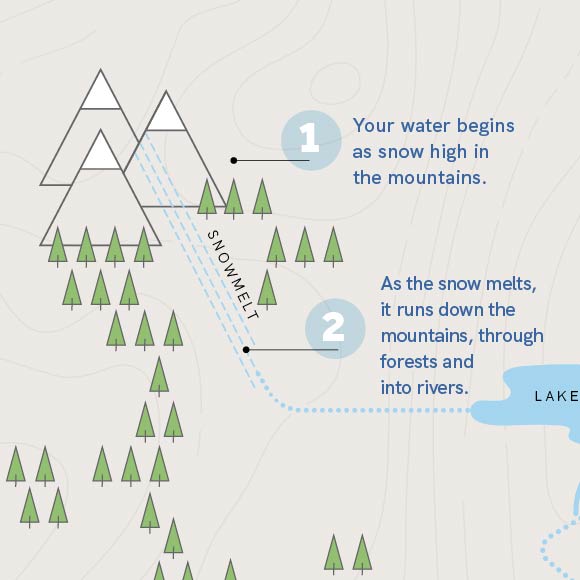
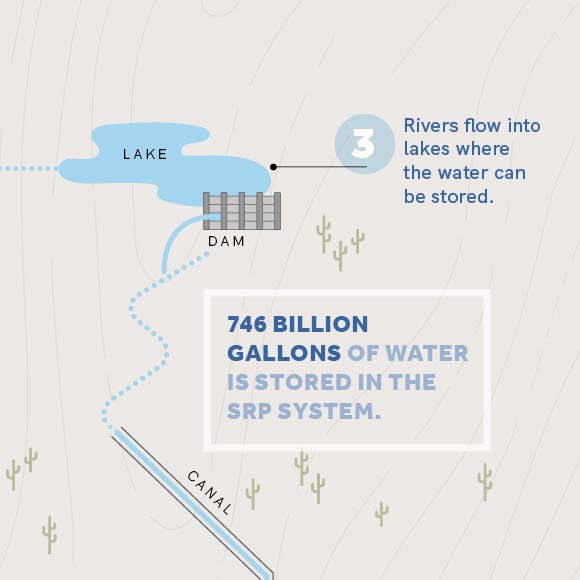
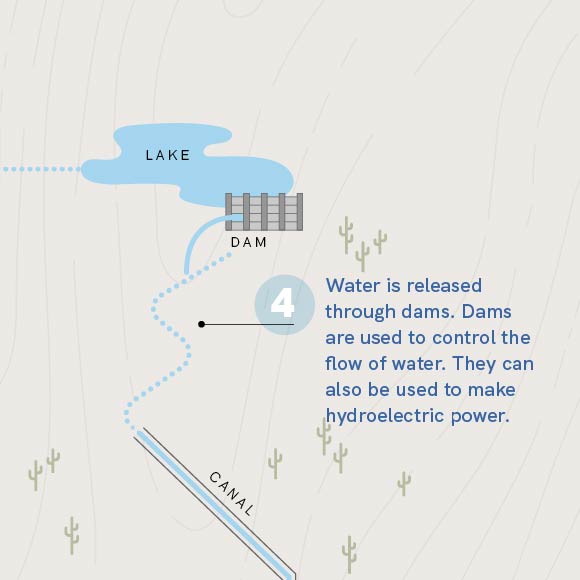
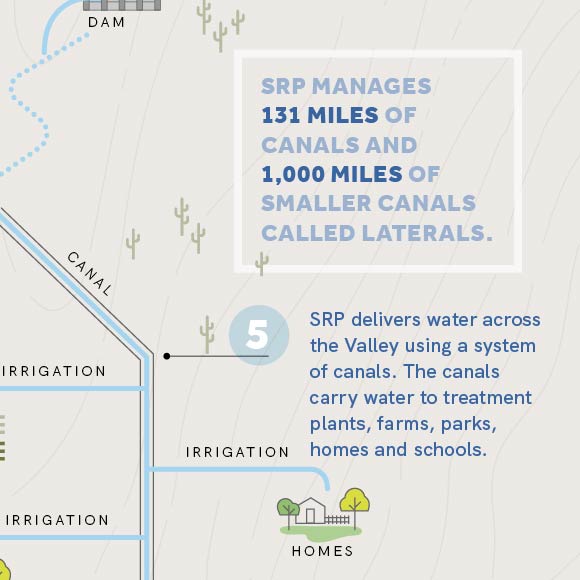
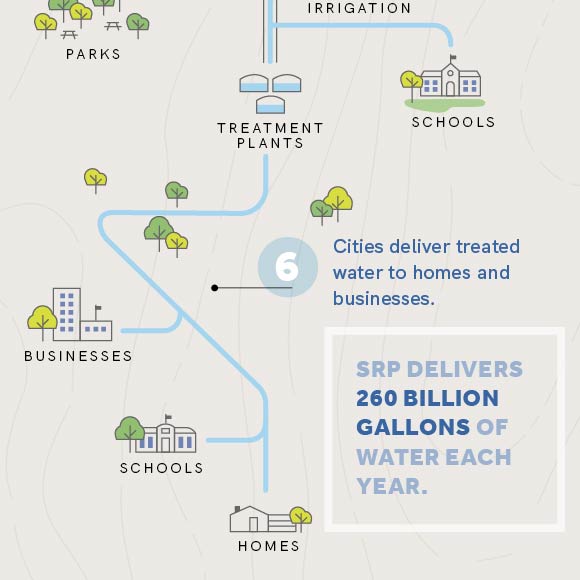

Roles and Responsibilities
SRP
- SRP brings irrigation water to the SRP delivery gate.
On delivery day, an SRP zanjero will open the SRP delivery gate to release water into your neighborhood.
- From there, the water is carried to your property through a series of ditches, channels or pipelines that are owned, operated and maintained by you and your neighbors.
- If you need us, we’re here to help. Call the SRP Water Contact Center anytime at (602) 236-3333(602) 236-3333.
Homeowner
- As irrigation customers, it’s your responsibility to install, operate and maintain your neighborhood irrigation system, starting from the SRP delivery gate to your respective property.
Need help with maintenance or repairs? Call us at (602) 236-3333(602) 236-3333 to request a list of irrigation repair contractors you can contact for help.
- You are also responsible for ordering only as much water as you need and containing it all on your property.
- Finally, it’s your responsibility to know and follow your neighborhood’s water delivery schedule. You can find your irrigation schedule here.
Irrigation owner’s manuals
Check out the Residential Irrigation Owner’s Manual and the Agricultural Irrigation Owner’s Manual below.
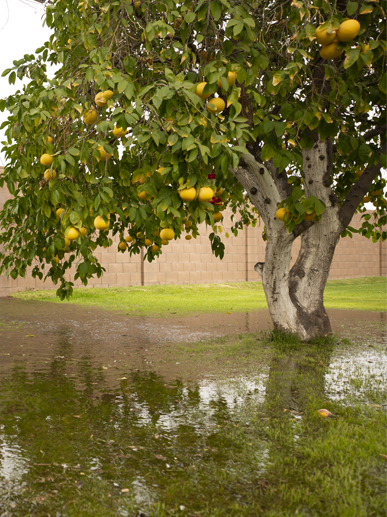
Water conservation
Irrigation allows trees to grow strong roots and create larger umbrellas of shade coverage. As a local utility strongly rooted in Arizona, SRP is committed not only to irrigation as a vital source of water for the Valley but to conserving water for the future. We’ve held conservation at the heart of our water management strategy for more than a century. This is why we partner with cities on water technology and pilot programs and have even set a goal to save 5 billion gallons of water, all so we can ensure a long-term, reliable water supply for the Valley.
Learn moreWater conservation
Irrigation allows trees to grow strong roots and create larger umbrellas of shade coverage. As a local utility strongly rooted in Arizona, SRP is committed not only to irrigation as a vital source of water for the Valley but to conserving water for the future. We’ve held conservation at the heart of our water management strategy for more than a century. This is why we partner with cities on water technology and pilot programs and have even set a goal to save 5 billion gallons of water, all so we can ensure a long-term, reliable water supply for the Valley.
Learn more

